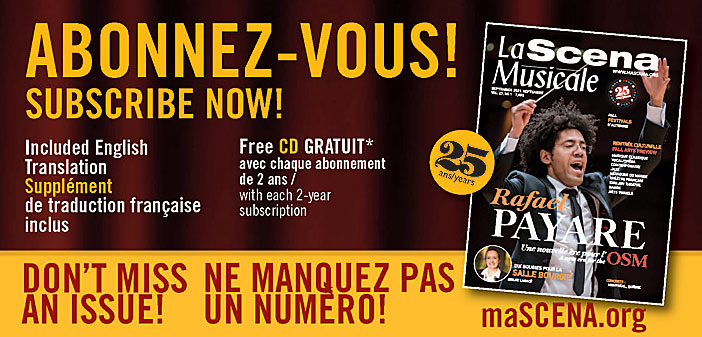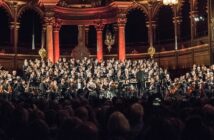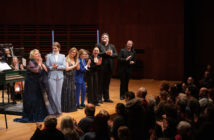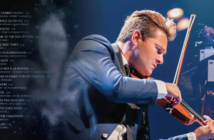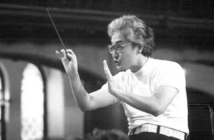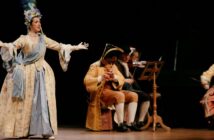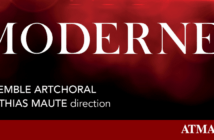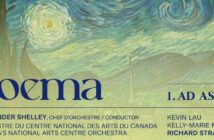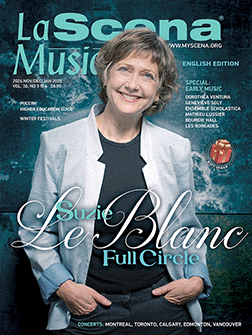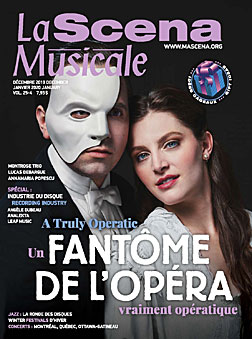
This year, the world of music is celebrating the 270th anniversary of George Frideric Handel’s Music for the Royal Fireworks. King George II of England commissioned this work from the great composer to celebrate the signing of the Treaty of Aix-la-Chapelle in 1748, which put an end to the War of the Austrian Succession fought between the powers of continental Europe.
The king asked that the work be written in military style, for wind and percussion instruments only, without strings. Handel agreed to the request, but later added parts for strings, giving a new balance to the work. Music for the Royal Fireworks, a suite of around 18 minutes, remains one of Handel’s most famous and popular works. The suite is characterized by the combination of its solemn/military character with dance and melodic beauty, its spirited rhythms, and opulent instruments. The final part of the work, Menuet II, concludes the suite with grandiose solemnity. There are five parts in all: Overture, Bourrée, La Paix, La Réjouissance, and Menuets I/II. There are many recordings of Music for the Royal Fireworks. Most use the version for wind instruments, strings and percussion, but there are others with wind instruments and percussion only. Versions on modern instruments were common in the past, but recent recordings are dominated by period instruments.
When I became a record dealer in the early 1970s, the recording by Jean-François Paillard and his chamber orchestra was considered definitive. This 1961 recording, with wind instruments and percussion only, gives an impression of general grandeur with relatively little rhythmic liveliness and little melodic charm. But it has long been recognized as a pioneer, and music lovers are better for knowing it. Around the same time, in 1959, the young Charles Mackerras recorded the work, also with wind instruments and percussion, in an absolutely different interpretation. I discovered this recording long after since it wasn’t available at the time. Here, the opulence of the instruments dominates, and the sensual pleasure of the brass and woodwinds delights the ear and goes beyond the singular expression of solemnity.
Other recordings on modern instruments have also influenced the interpretation of the work. The 1970 recording of Rafael Kubelík conducting the Berlin Philharmonic Orchestra comes to mind, with virtuoso musicians of an orchestra that plays all out like only the Berlin Philharmonic can do. This large modern-orchestra interpretation dazzles because, in addition to the brio of the instruments, we hear Kubelík’s deterimination to highlight the varied rhythms of the music.
The other outstanding interpretation on modern instruments is the recording by Neville Marriner and the legendary Academy of St. Martin in the Fields. Here, balance is the dominant virtue, while a different personality comes out in each section of the orchestra. We’re moving away from the conception of an ensemble that advances as a uniform, grand, but undifferentiated whole. In this sense, Marriner’s version, with modern instruments, is closer to the period instrument interpretations.
Choosing between the many recordings on period instruments is no easy matter. The instrument doesn’t make the musician, after all. It took decades to master these instruments and today these ensembles demonstrate great virtuosity and musicality. What do the famous recordings of this work by Trevor Pinnock, Jeanne Lamon, John Eliot Gardiner, Jordi Savall, Hervé Niquet and others and their respective orchestras have in common? Beyond the different sonorities of the period instruments, it’s the rhythmic vibrancy – the accentuated and precise character of the rhythms. This is the primary reason why this type of interpretation evolved: musicians believed that the larger symphonic style takes away from this music’s rhythm as well as its melodic charm, especially by drowning out the woodwinds and brass in the silky tapestry of strings.
Among the many recordings on period instruments, I have a weakness for those of Tafelmusik conducted by Jeanne Lamon and the English Concert conducted by Trevor Pinnock. The Tafelmusik recording is a paragon of balance and musicality. The dynamics and variety in the sound production are very pronounced within and between sections, giving variety to the ensemble, and Lamon balances the whole. The Pinnock version is more extroverted and resounding in the brass and percussion sections, and just as musical.
As for the version by Hervé Niquet and Le Concert Spirituel, it’s in a class of its own. The sonorities of the brass and woodwinds are harsh, with the horns seeming to be returning from with the hounds from a hunt. Tempos are impetuous. It is full of enthusiasm and irresistible.
Music for the Royal Fireworks has never ceased to be popular and still captivates music lovers because it’s part of a transitional period in music when melody and expressive possibilities became predominant in response to the complexities and learned style of counterpoint. It expressed expanding human emotions in the context of the great social movements of the era. Of course, not everyone is Handel, who stamped the music of his time with his genius.
Now it’s up to you! The many different and fascinating interpretations show us that this masterpiece by Handel can continue to inspire us. Happy listening!
Translated by Isabel Garriga


